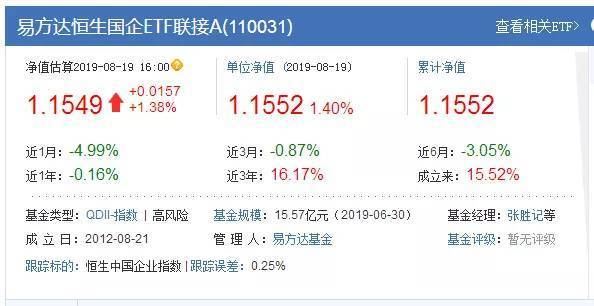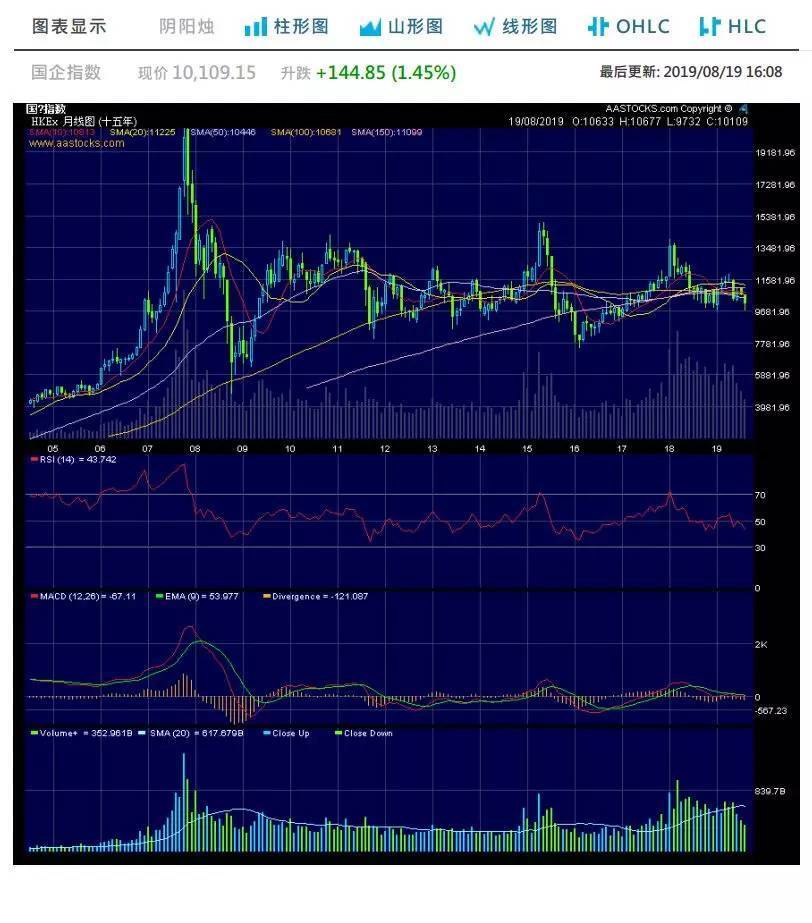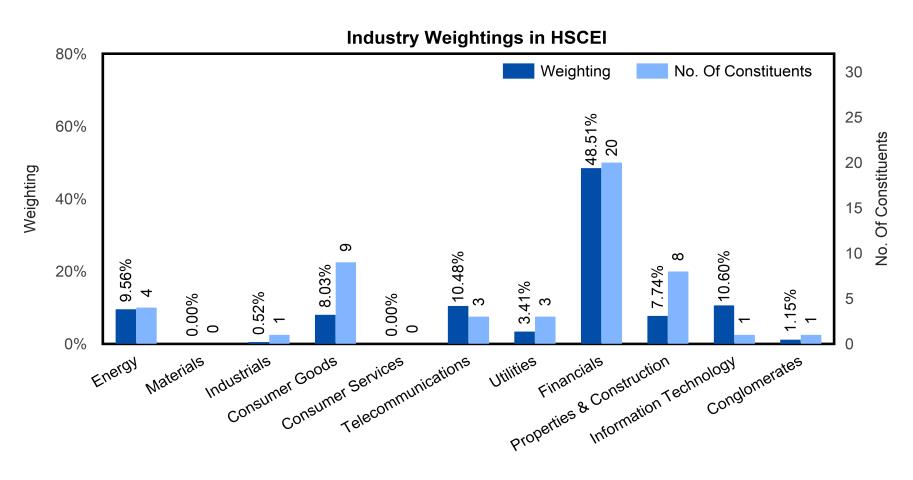寻找一篇关于企业年金的英文资料
Posted
tags:
篇首语:本文由小常识网(cha138.com)小编为大家整理,主要介绍了寻找一篇关于企业年金的英文资料相关的知识,希望对你有一定的参考价值。
最好是关于政府在企业年金建设中的责任和作用方面的,实在不行,只要和企业年金有关就行... 大家帮忙... 谢谢.. 急..
最好是论文形式的,谢谢大家了,回答后还有加分
The past few years have witnessed some major changes to the UK pensions landscape. New legislation introduced in April 2006 (A-day) has had particular implications for the insurance-administered occupational pensions sector, removing many of the distinctions between trust-based and contract-based schemes - thus enhancing the attractiveness of the latter to employers.
Yet more change is on the horizon, in the form of personal accounts. While the idea of introducing a national pension savings scheme is viewed as a step in the right direction by pension providers and advisers, there are concerns over how the scheme can be effectively administered within proposed cost limitations and what will be the impact on existing arrangements.
Table of Contents
Issues in the Market
Key issues
Market definitions
Figure 1: Types of private pension provision, UK
Occupational schemes
Defined-benefit (salary-related) schemes
Defined-contribution (money-purchase) schemes
Other work-related pensions
Other definitions
Abbreviations
Market in Brief
Active membership continues to recede
Scheme administration and funding
New insurance-administered business up strongly in 2006
Improvements in the equity and bond markets help to reduce deficits
Regulatory changes boost appeal of outsourcing
Product developments centre on risk-sharing solutions
FTSE 100 firms run the largest private-sector schemes
Top five players in the insurance-administered sector control three fifths of the market
IFAs generate the lion' s share of insurance-administered sales
Minimal above-the-line advertising
An occupational scheme is the most common pension type
Figure 2: Proportion of adults who are active members of a pension, by type, April 2007
Occupational DC scheme members have shorter investment terms
Figure 3: Number of years making pension contributions, by type of pension, April 2007
Merely half of those with the freedom to switch funds actually do so
Figure 4: Attitudes and experiences of occupational pension scheme members, April 2007
Promising public support for personal accounts
Broader Market Environment
Key points
Greater inducement for people to save
Figure 5: Total PDI, consumer expenditure and savings, 2003-12
Implication
Steady economic growth
Figure 6: GDP annual growth and proportion of workforce unemployed -- UK, 1997-2007
Higher inflation requires pension savings to work harder
Figure 7: Average annual changes in the bank base rate, CPI and RPI -- UK, 1997-2007
Implication
Asset allocation weighted towards equities
Rising stock markets help to reduce pension fund deficits
Figure 8: FTSE 100 and FTSE All Share -- daily index movements, May 1997-May 2007
Implication
What does this mean for the future of DB schemes?
Could some schemes reopen?
Corporate UK needs to wake up to the longevity risk
Figure 9: Cohort life expectancy at age 60, by gender, 1981-2054
Implication
Recommendation
An ageing population puts greater stress on pension funds
Figure 10: Projected size of the UK population, by age band, 2007-44
Implication
New age discrimination laws means more workers will retire later
Internal Market Environment
Key points
A pension forms an integral part of the benefits package
Figure 11: Top five company benefits and top five most desired, January 2007
Most common type is still a final-salary pension
Routes to closure
PPF levy is an extra cost burden
Reducing pension liabilities
The Money-purchase movement
Transfer of risk
Contribution rates are much lower for DC schemes
Figure 12: Employer and employee contribution rates for active members of private-sector occupational pension schemes, by type of scheme, 2004 and 2005
Apathy reigns
Few employees keep track of their fund' s performance
Implication and recommendation
A minority of workers shun or defer joining the company scheme
Implication and recommendation
Pensions simplification
Admin upheaval for trustees and administrators
New opportunities for life and pensions companies
Further reform
The Pensions Regulator exerts its influence
Trigger points
Improving trustee knowledge
Competitive Context
Pension substitutes
Figure 13: Summary of retirement funding strategies
Growing number of amateur property investors
The pension-ISA combo
Equity release provides a solution for some
Strengths and Weaknesses in the Market
Figure 14: Occupational/group pensions -- SWOT analysis, 2007
Scheme Size and Membership
Key points
Private-sector schemes in decline
Figure 15: Number of private-sector occupational pension schemes in the UK, by scheme size, 2002-06
Implication
Just 6% of private-sector employers run an occupational scheme
Only half the number of private-sector schemes were open in 2006
Figure 16: Status of private-sector schemes, 2006
DC schemes make up the majority of occupational pensions
Figure 17: Number of private-sector occupational schemes, by benefit structure and size band, 2005
Active membership has also declined over the past decade
Figure 18: Number of private-sector occupational scheme members, 1995-2006
Note on double counting
Three in four members were contracted out in 2006
Figure 19: Active members of private-sector schemes, by route to being contracted-out, 2006
One in ten active members were paying AVCs in 2005
Public-service sector
Value of Funded Pensions
Key points
Framework for workplace pensions
Figure 20: Types of workplace pension, 2007
Outsource or in-house?
The self-administered sector is the largest in value
Figure 21: Value of assets in funded pensions, 1997-2005
Implication
A note about the data
Pension Contributions
Key points
Employers up their contributions to reduce deficits
Figure 22: Contributions to private pension schemes -- UK, 2001-05
Insurance-Administered Sector
Key points
In-force business continues to decline
Figure 23: Insurance-administered occupational pension business in force, 2001-05
Lump-sum investment drives new business growth...
Figure 24: New insurance-administered occupational pension business, 2001-06
...mainly in the area of TIPs and buyouts
Figure 25: New insurance-administered occupational pension business, by sub-sector, 2005 and 2006
Providers take the long view to the buyout market
Single-premium business will continue to grow strongly
Figure 26: Forecast of new insurance-administered occupational business, 2006-11
In-force GPP business
Figure 27: GPP business in force, 2001-05
New GPP sales soar
Figure 28: New GPP business, 2001-06
Implication
New GPP business set to rocket
Figure 29: Forecast of new GPP business, 2006-11
Factors incorporated
Market Share
Key points
Prudential tops the rankings in the insurance-administered sector
Figure 30: Top 20 insurance companies in the occupational pensions market, by net premiums, 2004 and 2005
Individual pensions sector
The largest plcs are among the largest employers in the UK
Figure 31: The top 20 listed companies by market capitalisation, January 2007
Companies and Products
Supply structure
Figure 32: The main participants in the occupational pensions market
Employers
Insurance companies
Prudential
Legal & General
Standard Life
Investment management
Pensions IFAs
Benefit consultants
Other professional services
Brand Communication and Promotion
Key points
Pensions adspend dips following A-Day
Figure 33: Total advertising expenditure on pension and annuity products, 2005-07
Limited use of consumer advertising...
...but investment is likely to rise over the coming years
Hargreaves Lansdown tops the pensions advertiser rankings
Figure 34: Advertising expenditure by the top ten pensions advertisers, 2006 and 2007
Channels to Market
Key points
Most group pension business is sold with advice
Non-intermediated channel represents a small but growing share of new regular-premium group pensions business
Figure 35: Distribution breakdown of new insurance -- administered occupational pension business -- regular premium, 2001-06
IFAs win the lion' s share of single-premium group pensions business
Figure 36: Distribution breakdown of new insurance -- administered occupational pension business -- single premium, 2001-06
Implication
The Consumer -- Pension Participation
Key points
Survey background
Less than a third of non-retired adults are members of an occupational pension
Figure 41: Proportion of adults who are active members of a pension, by type, April 2007
Paid-up pensions
Transfers made easier
One in ten occupational scheme members are saving in a personal pension
Figure 42: Cross-analysis of pension types, April 2007
Small decline in those contributing to DB schemes
Figure 43: Proportion of adults who are active members of a pension, by type, 2006 and 2007
Implication
Shift in the direction of SIPPs
Implication
Still much confusion over pension type
Figure 44: Proportional split of occupational schemes, by benefit type, 2006 and 2007
Implication
Gender gap is much narrower in the occupational pension sector
Figure 45: Proportion of adults who are active members of a pension, by type and by gender, age, socio-economic group, marital status, lifestage and Special Group, April 2007
Implication
Pension participation peaks in the 45-54 age group
Implication
Ownership levels are highest among the wealthier groups
Figure 46: Proportion of adults who are active members of a pension, by type and by tenure, working status, gross annual household income, ACORN category and region, April 2007
Implication
Raise awareness and build the brand via broadsheet ads
Figure 47: Proportion of adults who are regularly contributing to a pension, by type and by new technology usage, newspaper readership, commercial TV viewing and supermarket usage, April 2007
Implication and opportunity
CHAID analysis
Figure 48: Target groups identified for the occupational and personal pensions markets, April 2007
Driver 1: employment
Driver 2: income
Driver 3: age
Implication and opportunity
The Consumer -- Length of Contributions
Key points
DB scheme members have been saving for longer than their DC counterparts
Figure 49: Number of years making pension contributions, by type of pension, April 2007
Implication
Sharp fall in the proportion of new joiners to occupational schemes
Figure 50: Number of years making occupational pension contributions, 2006 and 2007
Implication
A small proportion of adults have left starting a pension late
Figure 51: Number of years making pension contributions, by gender, age and socio-economic group, April 2007
Implication
The Consumer -- Attitudes and Experiences
Key points
Around half of occupational scheme members were auto-enrolled
Figure 52: Attitudes and experiences of group pension scheme members, April 2007
Implication
DB schemes have greater pulling power
Implication: employer contributions are essential
One in eight members have the option to the select their own funds
Implication
Inform and educate to engage members
Figure 53: Cross-analysis of attitudes and experiences of group pension scheme members, April 2007
Implication
C2DEs are less enthused about their pension
Figure 54: Attitudes and experiences of group pension scheme members, by gender and socio-economic group, April 2007
Younger members particularly need better access to info and advice
Figure 55: Attitudes and experiences of group pension scheme members, by age group, April 2007
Implication
Recent joiners are more likely to have a choice of funds
Figure 56: Attitudes and experiences of group pension scheme members, by length of time making contributions, April 2007
参考资料:http://www.giichinese.com.cn/chinese/mt53789-uk-pensions.html
指数基金介绍专栏:国企指数(H股指数)详细介绍,最新资料解析,看这一篇就够了
作者:牛大 | 公众号:定投五分钟
大家好,我是牛大。每天五分钟,投资你自己;坚持基金定投,终会财富自由!

昨天牛大给大家介绍了恒生指数,没看的朋友可以去公众号看一下。
指数基金介绍专栏(7):恒生指数
对于H股指数,估计大部分朋友不是特别了解。牛大也查了一些最新的资料,尽力给大家介绍一下,希望大家能多了解一些。
恒生中国企业指数(简称:国企指数或H股指数),为投资者提供一个反映在香港上市的中国企业的股价表现的指标。
有时简称为国企指数的时候,有朋友会误认为是中国的所有国有企业组成的指数。
其实这里的国企指的是在香港上市的中国企业,虽然在香港上市的大部分公司为国有企业。此国企非彼国企,大家应该明白了吧。
与恒生指数不同的是,国企指数成份股的数目并没有限制,但必须为市值最大,且在恒生综合指数成份股内的H股。国企指数也是由恒生银行属下恒生指数有限公司负责计算。
国企指数于1994年8月8日首次公布,以上市H股公司数目达到10家的日期,即1994年7月8日为基数日。当日收市指数定为1000点,该指数以所有在香港联交所上市的中国H股公司股票为成份股计算得出加权平均股价指数。

咱们选择的H股指数基金为易方达恒生国企ETF联接A(110031),是一款2012年成立的老牌基金。
目前(2019年8月19日)H股指数点位为10109.15点,1994年起始为1000点,总共涨了10倍多。历史最高为2007年11月1日,恒生中国企业指数曾突破20600点,最高见20609.10点。算上这二十多年的分红,有将近20-30倍的收益。收益也是非常的不错。

截止到目前(2019年8月19日)为止,H股指数的成分股数量已经扩容到了50只,如下图所示。占权重第一位的大家也许没想到,是一家私有企业,大家基本每天都在用它的产品。各位朋友们不用猜了,它就是腾讯,权重占比10.6%。

牛大给大家翻译一下,排名前十的分别是:腾讯,中国平安,中国建设银行,中国移动,中国工商银行,中国银行,中海油,招商银行,中国人寿,中国石油化工。前十名权重占比总共为:62.76%。感兴趣的朋友可以通过英文名称查一下其它公司是何方神圣。

从上图可以看出,按行业来分,权重占比最高的是金融行业,共有20家公司,占比48.51%。次之的分别为为信息技术与通信行业。
等H股指数性价比很高的时候,牛大会带领大家一起定投H股指数,帮助咱们盈利锦上添花。好了,今天牛大就给大家介绍到这里,祝大家生活愉快!


每天花5分钟收看牛大的文章,一起定投基金赚钱。剩下的苦活累活就都交给牛大吧,这也是我每天努力在为大家做的。
每天五分钟,投资你自己。相信牛大:一起努力,咱们终将富有!
以上是关于寻找一篇关于企业年金的英文资料的主要内容,如果未能解决你的问题,请参考以下文章